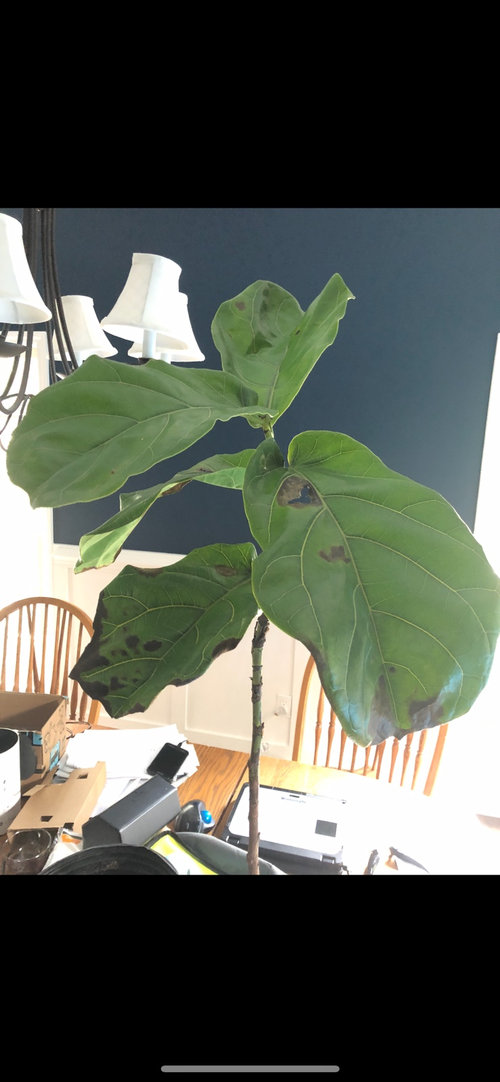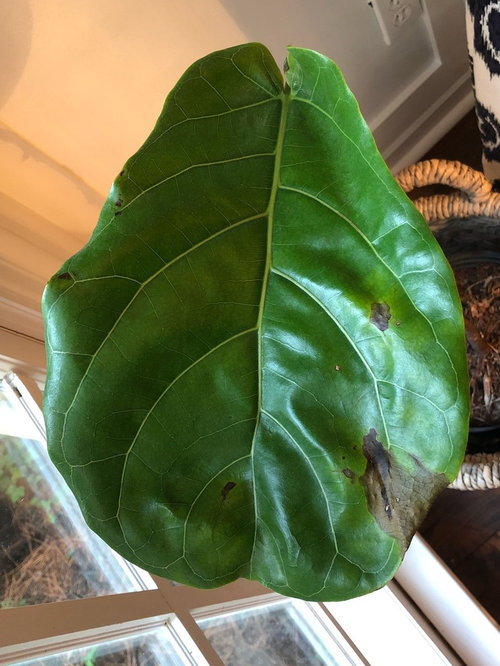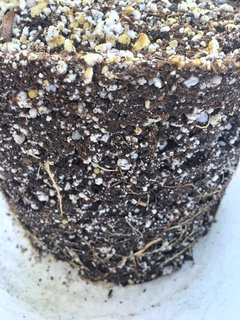Any hope for my sad fiddle leaf fig?
Caroline M
5 years ago
Featured Answer
Sort by:Oldest
Comments (6)
Sugi_C (Las Vegas, NV)
5 years agoRelated Professionals
Beavercreek Landscape Architects & Landscape Designers · Montgomeryville Landscape Architects & Landscape Designers · West Chester Landscape Architects & Landscape Designers · McKinney Landscape Contractors · Blue Springs Landscape Contractors · Cedar Hill Landscape Contractors · Lees Summit Landscape Contractors · Nanuet Landscape Contractors · Point Pleasant Landscape Contractors · Salem Landscape Contractors · Shirley Landscape Contractors · University City Landscape Contractors · Wheat Ridge Landscape Contractors · La Habra Interior Designers & Decorators · Linton Hall Interior Designers & Decoratorstapla (mid-Michigan, USDA z5b-6a)
5 years agoCaroline M
5 years agoCaroline M
5 years agotapla (mid-Michigan, USDA z5b-6a)
5 years ago
Related Stories

HOUSEPLANTSPlay Up Some Fiddleleaf Figs for a Lively Indoor Tune
Strike a dramatic chord in a minimalist scene or a country note in a rustic setting — fiddleleaf fig plants harmonize with any style
Full Story
DECORATING GUIDESA Glimmer of Gold Leaf Will Make Your Room Shine
Make a unique, unexpected statement in any space with this precious metallic finish
Full Story
MOST POPULAR12 Key Decorating Tips to Make Any Room Better
Get a great result even without an experienced touch by following these basic design guidelines
Full Story
HOUSEPLANTSSee How Fiddleleaf Fig Trees Can Liven Up Your Decor
The tropical houseplant with big green leaves adds a cheerful and striking design element to rooms
Full Story
LIFEPolar Vortex: How Houzzers Are Coping With the Storm
Spirits are staying high even as the mercury plunges to new lows. Do any of these firsthand accounts sound familiar?
Full Story
HOME OFFICESQuiet, Please! How to Cut Noise Pollution at Home
Leaf blowers, trucks or noisy neighbors driving you berserk? These sound-reduction strategies can help you hush things up
Full Story
GARDENING FOR BUTTERFLIESBe a Butterfly Savior — Garden for the Monarchs
Keep hope, beauty and kindness alive in the landscape by providing a refuge for these threatened enchanters
Full Story
LIGHTINGHouse Hunting? Look Carefully at the Light
Consider windows, skylights and the sun in any potential home, lest you end up facing down the dark
Full Story
DECORATING GUIDESCelebrating the Great American Quilt
They speak of family, history and beauty. Is it any wonder quilts transcend design styles?
Full Story
EDIBLE GARDENSHow to Grow Your Own Sweet Summer Crops
This guide will help any gardener get started on growing the freshest warm-season veggies and berries for summer
Full StoryMore Discussions















Jesse Knight